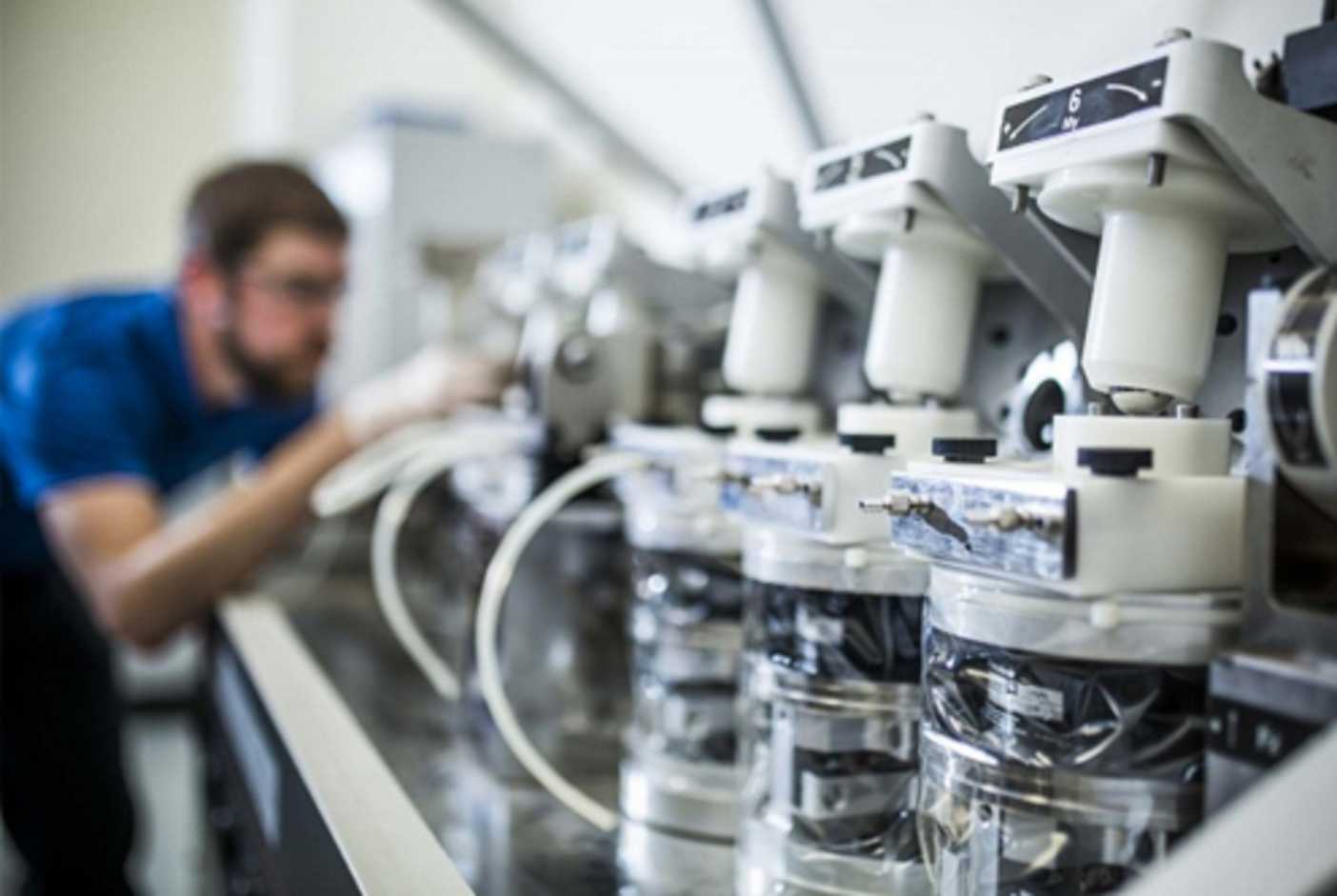Mining is a hazardous industry, and there are several common types of accidents that can result in fatalities. These accidents can occur in both underground and surface mining operations. Some of the most common types of mining accidents that result in death include:
- Roof and Rib Falls: In underground mining, roof and rib falls occur when the overhead rock (roof) or the sidewalls (ribs) of a tunnel or shaft collapse unexpectedly. Miners can be trapped or crushed by falling rock, leading to fatal injuries.
- Explosions: Explosions can occur in underground mines due to the presence of flammable gases (such as methane) or combustible dust (such as coal dust). These explosions can lead to fires, burns, and asphyxiation.
- Haulage and Transportation Accidents: Accidents involving vehicles and machinery used for transporting materials or miners within the mine can result in fatalities. These accidents may involve collisions, overturns, or equipment failures.
- Falls: Miners can fall from heights, such as scaffolds, ladders, or highwalls, leading to fatal injuries. Slippery or uneven surfaces can contribute to fall accidents.
- Entrapment: Miners can become trapped underground due to a variety of reasons, including equipment breakdowns, flooding, or collapses. The longer the duration of entrapment, the higher the risk of fatal outcomes.
- Machinery Accidents: Operating heavy machinery and equipment in mining can be dangerous. Accidents involving equipment, such as bulldozers, loaders, and crushers, can lead to fatalities if safety procedures are not followed.
- Electrocution: Electrical equipment and wiring are used extensively in mining operations. Electrical accidents, such as contact with live wires or equipment failures, can result in electrocution and fatalities.
- Inundations: Inundations occur when water enters the mine, leading to flooding. Miners can drown if they are unable to escape or find a safe refuge.
- Respiratory Issues: Exposure to hazardous substances like silica dust and asbestos in mines can lead to chronic respiratory conditions, which can ultimately result in death over time.
- Gas Poisoning: In underground mines, the presence of toxic gases like carbon monoxide can pose a significant risk. Breathing in these gases can lead to asphyxiation and death.
- Heat-Related Illnesses: In some mining environments, especially those in hot climates, heat-related illnesses like heatstroke can occur if miners are not adequately protected from extreme temperatures.
- Explosives Handling: Mishandling or accidents during the use of explosives for blasting can lead to fatal injuries.
It’s important to note that mining companies and regulatory bodies around the world have implemented safety measures and protocols to mitigate these risks and improve the overall safety of mining operations. However, mining remains a high-risk industry, and vigilance in following safety procedures is crucial to reducing accidents and fatalities.





